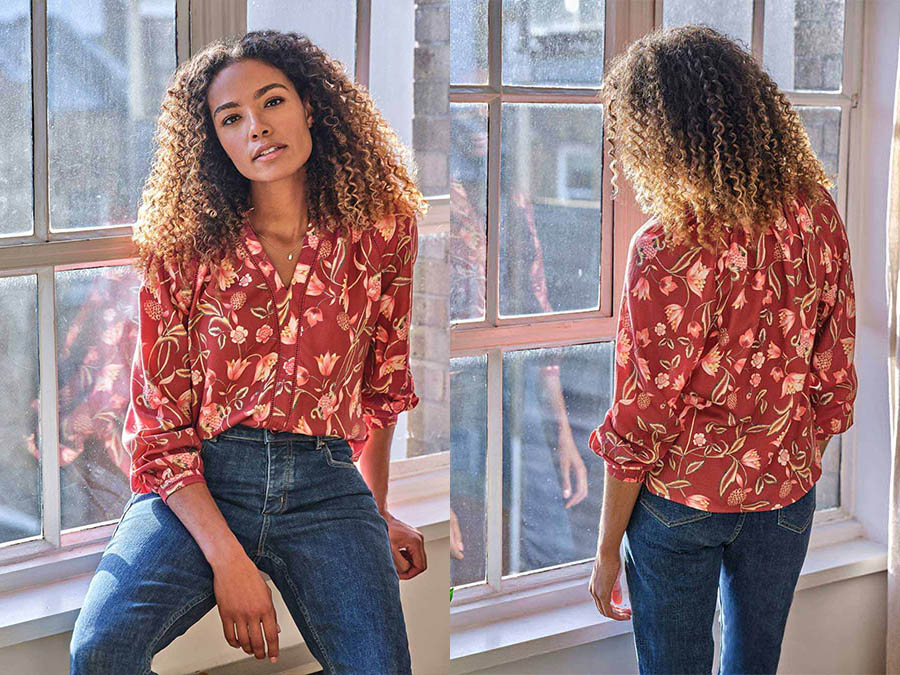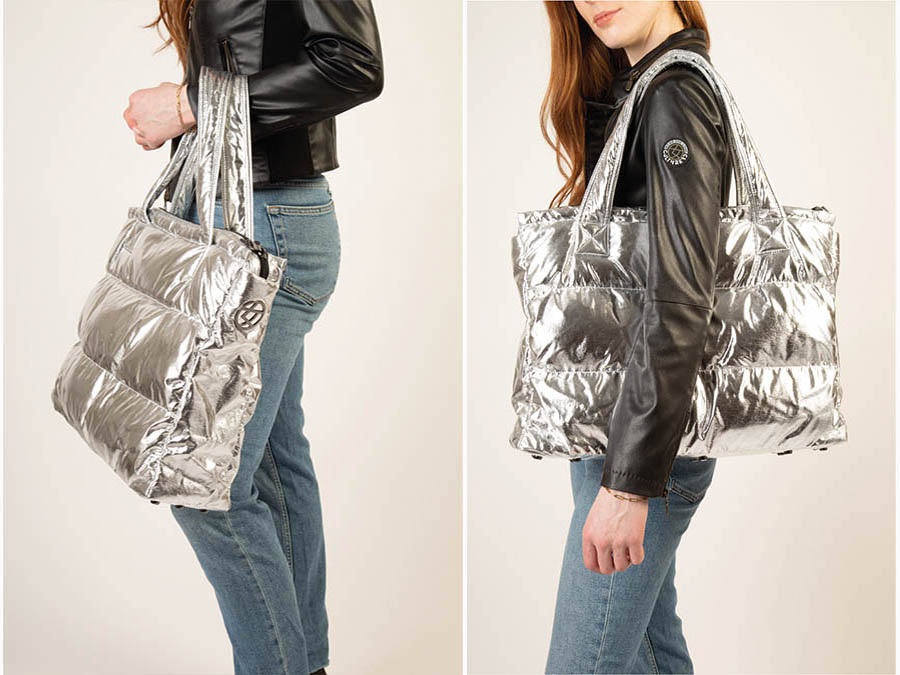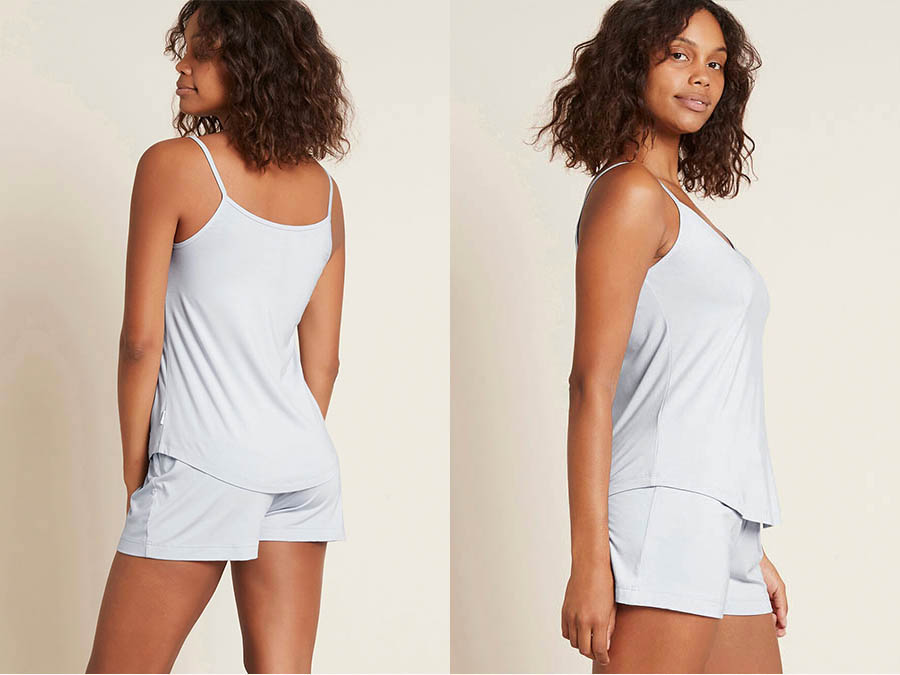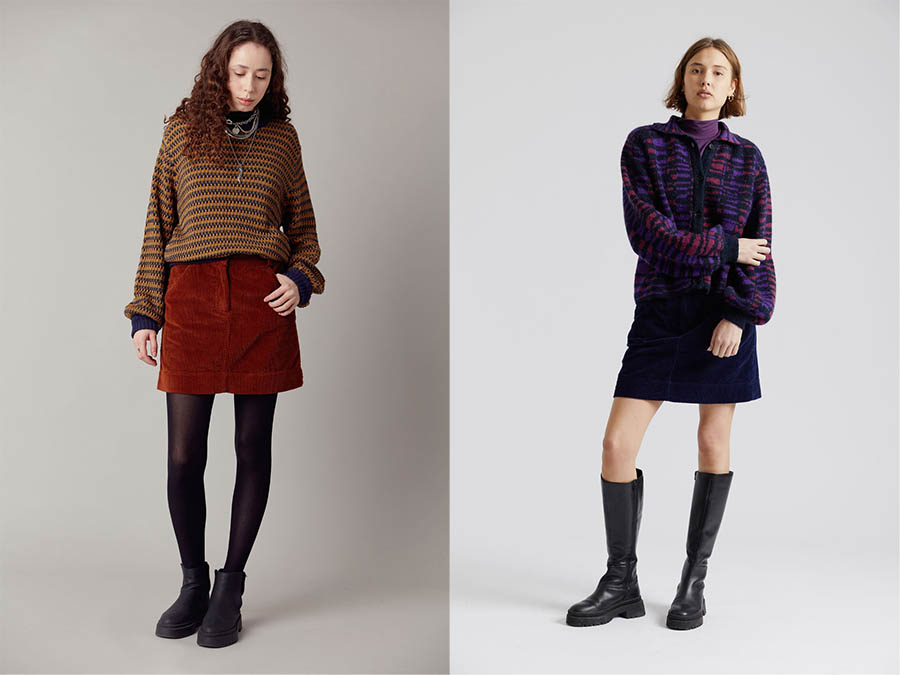How To Make Sustainable Clothing Choices
In an era marked by increasing awareness of environmental issues, the fashion industry has come under scrutiny for its significant ecological footprint.
Fast fashion, characterized by cheap and disposable clothing, has contributed to pollution, waste, and unethical labour practices.
To combat these issues and promote sustainability, consumers can play a vital role by making conscious choices when buying clothes. This guide provides you with simple information on how to ensure the clothes you buy are sustainable.
1. Understand Sustainable Fashion
Before embarking on a sustainable clothing journey, it’s essential to grasp what sustainable fashion means.
Sustainable fashion aims to reduce the environmental and social impact of clothing production and consumption. This includes minimizing waste, using eco-friendly materials, and promoting ethical labor practices.
2. Research Brands and Labels
Start by researching brands and labels that prioritize sustainability. Look for certifications such as Global Organic Textile Standard (GOTS), Fair Trade, or OEKO-TEX, which indicate ethical and environmentally friendly practices.
Check if the brand publishes a sustainability report or transparently shares information about its supply chain.
3. Prioritize Quality Over Quantity
Shift your mindset from buying many inexpensive items to investing in high-quality clothing that lasts longer.
Well-made garments may have a higher upfront cost but save you money in the long run and reduce the need for frequent replacements.
4. Opt for Natural and Sustainable Fabrics
Choose clothing made from natural, sustainable materials like organic cotton, hemp, Tencel, and bamboo.
These fibers have a lower environmental impact compared to synthetic fabrics like polyester.
Organic cotton, for instance, is grown without harmful pesticides, making it a better choice for both the environment and your health.
5. Secondhand Shopping
Consider buying secondhand or vintage clothing. Thrift stores, consignment shops, and online platforms like Poshmark and ThredUp offer a wide selection of gently used clothing. This reduces the demand for new production and minimizes waste.
6. Local and Artisanal Brands
Support local artisans and smaller brands that often have a lower carbon footprint than large, mass-producing companies. Purchasing locally-made garments also promotes your community’s economy.
7. Evaluate the Supply Chain
Look for brands that prioritize transparency in their supply chain. Brands that know and disclose where their materials come from and how their garments are made are more likely to be committed to ethical and sustainable practices.
8. Consider Renting or Borrowing
For special occasions or infrequently worn items, consider renting or borrowing instead of buying.
Renting formal dresses or accessories can save money and reduce the overall demand for new clothing.
9. Capsule Wardrobe Approach
Adopt a capsule wardrobe approach, where you curate a collection of versatile, timeless pieces that can be mixed and matched.
This not only reduces the number of clothes you buy but also encourages thoughtful purchasing decisions.
10. Recycle and Upcycle
When your clothing reaches the end of its life, make sure to recycle or upcycle it. Many textiles can be recycled into new fabrics or repurposed into other items, such as cleaning rags or quilts.
11. Energy-Efficient Washing
To extend the lifespan of your clothes, wash them in cold water, use eco-friendly detergents, and air-dry whenever possible. This reduces energy consumption and helps maintain the integrity of the fabric.
12. Community and Online Resources
Engage with communities and online platforms that focus on sustainable fashion. Forums, social media groups, and websites dedicated to eco-friendly clothing can provide valuable information, tips, and support.
13. Support Circular Fashion
Circular fashion initiatives promote a closed-loop system where garments are designed to be recycled or biodegradable. Look for brands and initiatives that prioritize circular fashion principles.
14. Reduce Impulse Buying
Avoid impulsive purchases by taking time to think about whether you genuinely need an item.
Ask yourself if it fits into your wardrobe and if it aligns with your sustainable fashion goals.
15. Educate Yourself Continuously
Sustainability in fashion is an ever-evolving field. Stay informed about the latest developments, innovations, and trends in sustainable fashion by reading books, articles, and attending workshops or webinars.
And Finally
Creating a sustainable wardrobe is not just about fashion; it’s a commitment to environmental conservation and ethical consumption.
By understanding what sustainable fashion means and following the tips in this guide, you can ensure that the clothes you buy are aligned with your values and contribute to a more eco-friendly and responsible fashion industry.
Remember, every conscious choice you make as a consumer has the power to drive positive change in the world of fashion.






